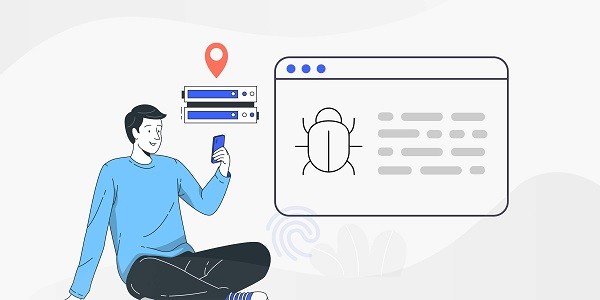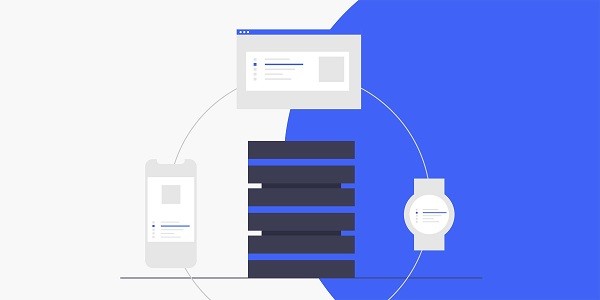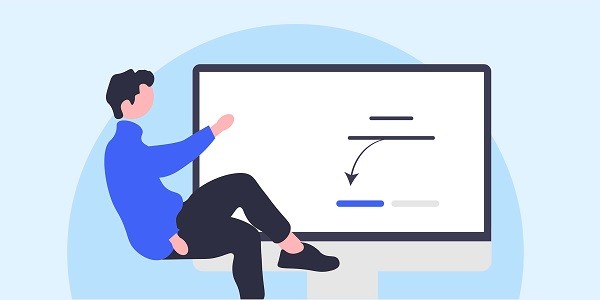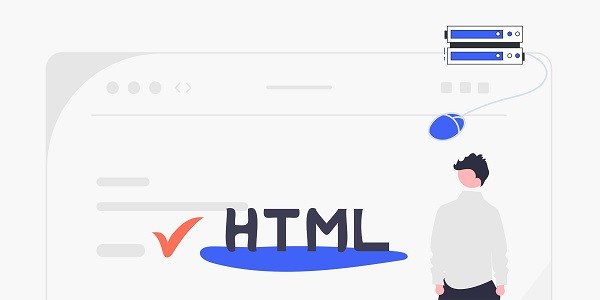Discover how to save on proxy IP costs with star proxies promo code. IP2world offers a variety of products including dynamic residential proxies, static ISP proxies, etc. Get exclusive offers now! What are Star Proxies and Promo Codes?In the field of digital marketing and network data crawling, Star Proxies are highly favored for their high anonymity and stability. This type of proxy IP can bypass geographical restrictions and circumvent anti-crawling mechanisms, and is widely used in cross-border e-commerce, social media management, price monitoring and other scenarios. Promo Code is a key tool for users to obtain service discounts, especially in high-frequency subscription services such as proxy IP, where the discount code can directly reduce the long-term cost of use.As the world's leading proxy IP service provider, IP2world lowers the threshold for users to use products such as dynamic residential proxies and static ISP proxies through exclusive discount codes. Why does Star Proxies need a dedicated Promo Code?The subscription cost of proxy IP services is usually linked to traffic, IP pool size, and stability. For example, dynamic residential proxies need to switch IPs frequently to avoid being blocked, while static ISP proxies need to keep the same IP address for a long time. The pricing models of the two are significantly different. Exclusive Promo Codes can not only provide one-time discounts, but may also include tiered benefits such as "first order discount" and "renewal discounts" to help users flexibly choose according to business needs.For small and medium-sized enterprises or individual developers, discount codes can significantly reduce initial investment; for large enterprises, adding discount codes when purchasing in bulk can further optimize the cost structure. IP2world's discount strategy covers multiple categories of products, and users can use them in combination according to actual scenarios. How to find a valid Star Proxies Promo Code?Official channels first: Get the latest discount codes through the brand's official website, subscription emails or social media accounts. IP2world regularly updates limited-time discounts on its official website, and you can be notified as soon as possible by subscribing to its information.Partner resources: Some technical forums, developer communities and agency service providers cooperate to provide exclusive discount codes.Seasonal events: Black Friday, Cyber Monday, brand anniversaries, and other events are usually when discount codes are released in large numbers.Be wary of expired or fake promo codes posted by third-party platforms. All valid Promo Codes of IP2world are verified through official channels to ensure user rights. What are the differences in the application of Promo Code in different proxy types?Dynamic residential proxy : suitable for scenarios that require high-frequency IP switching (such as crawler data collection). The discount code may provide additional capacity expansion for traffic packages or concurrent threads.Static ISP proxy: suitable for long-term fixed IP needs (such as social media operations). Discount codes often appear in the form of "monthly discounts" or "annual fee reductions".S5 proxy and unlimited servers: These high-performance services are usually priced higher, but by stacking coupons, users can enjoy tiered discounts or free trials.IP2world's discount code design takes into account both flexibility and practicality. For example, the combination package discount of "dynamic residential proxy + static ISP proxy" can meet the collaborative needs of multiple scenarios. What are the common issues you need to pay attention to when using Promo Code?Validity period: Some discount codes are only available to new users or within a specified time period.Overlay rules: Most service providers do not allow the use of multiple discount codes at the same time, so please read the terms carefully.Geographical restrictions: Some promotional codes are only available in certain countries or regions.IP2world's discount code policy is transparent. Users can verify the validity of discount codes in real time on the checkout page, and the system will automatically match the best discount plan. What are the unique advantages of IP2world's Promo Code policy?Different from the common "one-time discount" in the industry, IP2world has launched a tiered cashback and exclusive benefits for old users. For example, users can get a renewal discount code after using the dynamic residential proxy for the first time; when the cumulative consumption reaches a certain amount, a higher discount can be unlocked. In addition, its unlimited server package supports "on-demand expansion discounts", and users can flexibly adjust resources according to business growth and enjoy corresponding price reductions. ConclusionToday, when the cost of proxy IP is increasingly becoming a burden on corporate operations, the rational use of Star Proxies Promo Code is the key to reducing costs and increasing efficiency. As a professional proxy IP service provider, IP2world provides a variety of high-quality proxy IP products, including dynamic residential proxies, static ISP proxies, exclusive data center proxies, S5 proxies and unlimited servers, suitable for a variety of application scenarios. If you are looking for a reliable proxy IP service, welcome to visit the IP2world official website for more details.
2025-04-14









